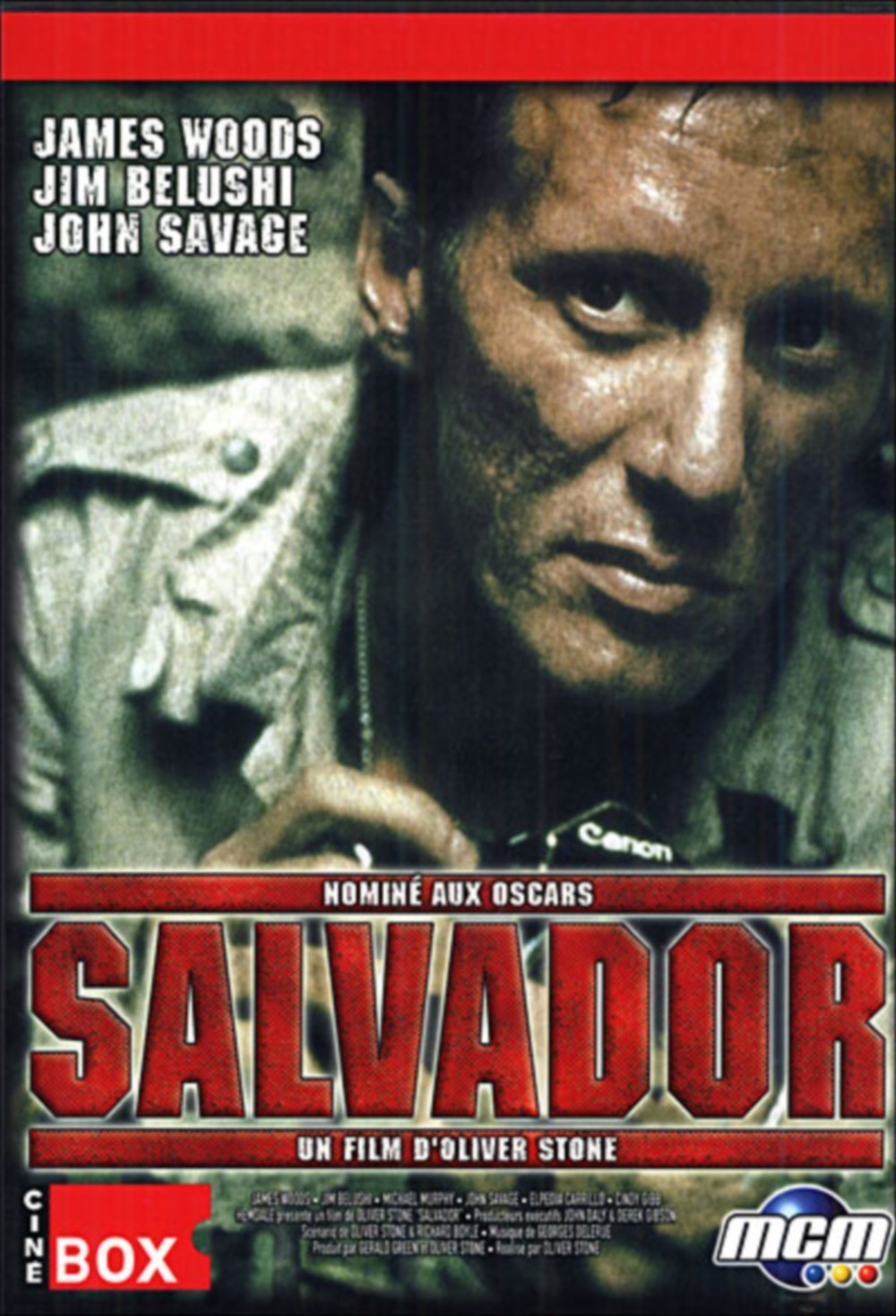Get Real with Carla Stockton
—
The shoe-in for the Best Foreign Film Oscar this year, now playing at the Lincoln Plaza Cinema on Broadway at 63rd Street, is László Nemes’ Son of Saul, a remarkable first film by the young Hungarian, who has created a world in which there are no absolutes, no black and no white; all is awash in a zone of endless grey.
The titular character (Géza Röhrig), neither hero nor villain, is an Auschwitz prisoner, a “privileged” Sonderkommando (name given to those who maintained the gas chambers before and after the mass executions). Saul has learned to survive, but he has ceased to live though he is not dead; he has been absorbed into the camp’s mechanism and has become colorless and will-less. He goes through the motions of existing, performing his duties mechanically, having evolved into something less than a man, but still – infuriatingly – a man. He is a slave who is, by necessity, complicit in his own oppression until, suddenly, he finds an opportunity to exercise his manhood, to reaffirm his Self. In defiance of all wisdom, he persists in saving a child, who might be his son, from the ignominy of the ovens, and sets out to provide the child with a proper Jewish burial.
Though Primo Levi is not credited anywhere, the film resonates with the substance of Levi’s essay from The Drowned and the Saved called “The Grey Zone,” which examines the nature of power and disempowerment among the Sonderkommandos in Birkenau. In his essay, Levi explains the nature of the so-called privilege of the carefully selected Sonderkommandos.
“Whoever belonged to this group was privileged only to the extent that – but at what cost! – he had enough to eat for a few months, certainly not because he could be envied. . . . It was their task to maintain order among the new arrivals who were to be sent into the gas chambers. . . . to transport the bodies to the crematoria and oversee the operation of the ovens. . . . These Special Squads did not escape everyone else’s fate. . . the SS exerted the greatest diligence to prevent any man who had been part of it from surviving and telling.”
– The Drowned and the Saved, by Primo Levi, Translated from Italian by Raymond Rosenthal, p.50
From the film’s opening, we are bound to Saul the way he is bound to the other prisoners, the way all are fettered to their Nazi overseers. Shot in relentless close-up by cinematographer Mátyás Erdély, the film attempts to force them to see with eyes that are, in Levi’s words, “dead while still living.” The camera asks us to believe we are captive to Saul’s crimes and to his refusal to let anything deter him from his quest to bury the boy, and it guides us like a sleepwalker through the loud, brutal, bloody world he inhabits. Even Saul’s fellow inmates cannot sway him; they plot a coup, need his help, but they fade into the blurred background along with all other aspects of the Concentration Camp. From Saul’s point of view, nothing exists but his quest to bury the child, and we are interminably aware of that.
Saul’s fellow Sonderkommandos, seeing an opportunity to exert their humanity on an inhuman existence, knowing they are about to be sent to the gas, plan to attempt an escape, to kill some of their murderers even though they know that ultimately escape is impossible. They see a chance to throw off their merciless coils, but Saul is as impervious to them as he is to the nightmare through which he stumbles. When his Kapo (boss) yells at him that he is more concerned with the dead than with the living, we understand that there is no one in this picture who is truly living and that Saul especially is already at one with the dead.
The film is hailed as a courageous film, one that must be seen, and it will most assuredly win the Oscar for which it is nominated. Films about the so-called Holocaust—I say “so-called” because even for this child of European survivors, in an age of holocausts, it embarrasses me to keep capitalizing The and Holocaust—inevitably win at least an Academy Award Nomination, and more often than not, they win the Oscar itself. It’s de rigeur, and I applaud the fact that the Academy recognizes that the Oscar nods take the story into the limelight and make it accessible to the world at large, a world that must recognize what happened so that recurrence might be avoided.
But while I agree that Nemes employed some brave techniques, while I can see that audiences have felt stunned by the experience, I was, from the moment the film began, taken back to Primo Levi and to a film that, had it worked, might have been more successful in making the audience suspend disbelief and allow themselves to be sucked into the Sonderkommandos’ existential morass.
The film, called The Grey Zone (2001), by writer/director Tim Blake Nelson, was his own screen adaptation of his mesmerizing play by the same name. The film failed in every way, and it was entirely ignored by the Academy . . . for good reason. Even the play, which had a limited run and got mixed reviews, missed its mark. But had it been graced by a dedicated army of producers, it could have been a contender.
Had the play been workshopped longer so that its kinks could have been worked out, it could have been turned eventually into a star turn for an ensemble of talented stage actors, who would have found the layers of meaning buried among the ideas and anecdotes Blake took from Primo Levi’s essay. Then with that foundation, it could have been adapted into an awesome film that could have found its way into the world’s collective consciousness. If that would have happened, Son of Saul might have been rendered an afterthought.
I saw the original stage production in New Haven, at Long Wharf Theater’s Stage II. Doug Hughes directed, and he turned the play into an immersive event. Set in a Birkenau death chamber, the play relies on mood and atmosphere to convey the camp’s quality, the myriad grey zones identified in Levi’s essay. Hughes distressed the concrete walls of the house and had them painted puke grey to incorporate the audience into the Sonderkommandos’ world; once the doors were fastened shut and the lights extinguished, the audience members were camp inhabitants, and there was no escape. The ploy worked. Better than the close-up camera in Son of Saul. No Fourth Wall protected us from the harsh finality of the gas chamber; no blurred horror or reprieve was to be sought over the camera’s shoulder because all you saw was all there was. No deus ex machina was coming to save us.
That was where Nemes’ film failed me. I never really surrendered to Saul’s head. I saw what he saw, heard what he heard, but I could not feel his emptiness. Some of this was due to the fact that the actor Géza Röhrig seemed to me disingenuous; I found myself thinking he was studying Saul’s disaffection, playing Saul’s disassociation, pretending Saul’s single-minded attachment to his goal—all instead of being Saul. It was hard to believe.
But more than that, while the camera was deft and the view was narrowly focused, I was constantly aware of what was outside Saul’s line of vision. I could see around and beyond his purview, I could feel both hope and despair, I could escape simply by closing my eyes. Nothing new was illuminated for me, and, in fact, I thought the central premise was somewhat elusive.
I will grant that I am no neophyte. There is little of the period I have not read, seen, heard, watched. If I expect illumination, perhaps I am deluding myself. Some might argue that at some point there is nothing new to discover. I would disagree. But the lesson of this film, the message that I wanted to jump fully formed from the screen, got lost in the camera’s trick and was obscured by the actor’s lack of honesty. That there is a very narrow line separating each of us from our capacity for evil, and when a victim suffers the death of his soul, he is particularly vulnerable to being reduced to enacting the same evils enacted upon him—all this was clouded. Yes, Saul understood that fine line and fought to preserve the vestiges of his soul by insisting on saving a boy who might have been no more than a young stranger. But I am not sure that that message was loud enough or clear enough for those in the audience who are not already converted members of the choir.
But then, leaving the theater, wondering if I was satisfied with the film, I was thrust back into yet another grey zone, not sure if I was or not. And then I heard a couple complaining to one another.
“What did the ending mean?” the woman asked her companion.
“I dunno,” her friend replied. “Was the live boy supposed to be his dead boy?”
“Exactly! Couldn’t they have shown a real ending? I don’t get it. . . .”
At that moment I was grateful to the film. I am always more heartened by an audience posing questions than by their claiming to have found definitive answers unearthed by the film. At that moment I understood how Son of Saul does work. It leaves us hanging, wondering, hoping that somewhere in there there might have been some kind of redemption for someone, some kind of hope for humanity.
It’s as Primo Levi wrote, “A story like this is not self-contained. It is pregnant, full of significance, asks more questions than it answers, sums up in itself the entire theme of the gray zone and leaves one dangling. It shouts and clamors to be understood, because in it one perceives a symbol, as in dreams and the signs of heaven” (66-7).

—
 Carla Stockton, MFA candidate in Creative Nonfiction and Literary Translation. She is the mother of three, grandmother of two, writer, theater director, filmmaker, teacher and vegan traveler.
Carla Stockton, MFA candidate in Creative Nonfiction and Literary Translation. She is the mother of three, grandmother of two, writer, theater director, filmmaker, teacher and vegan traveler.




